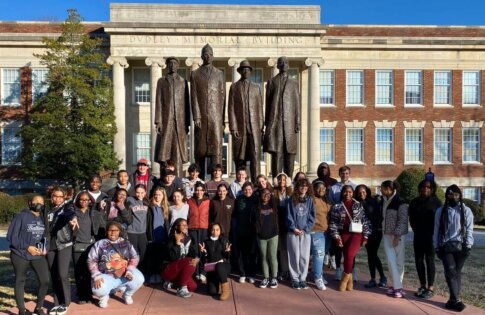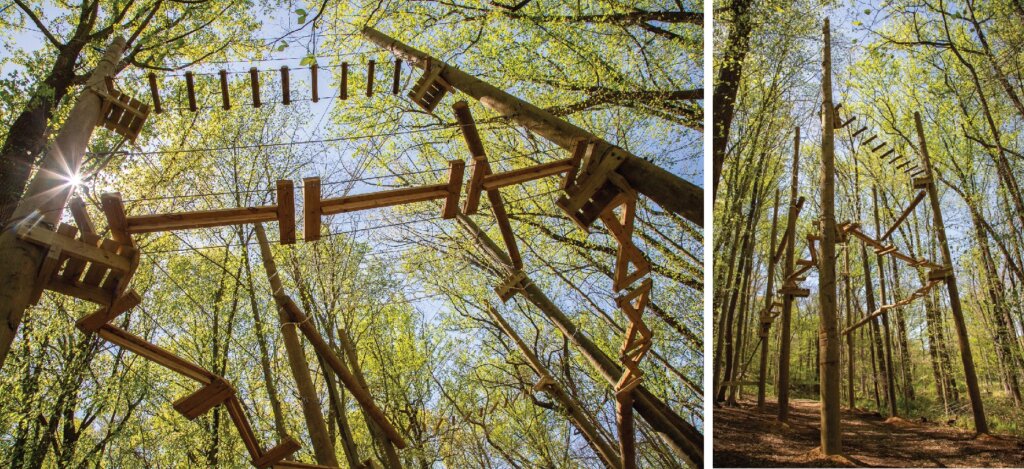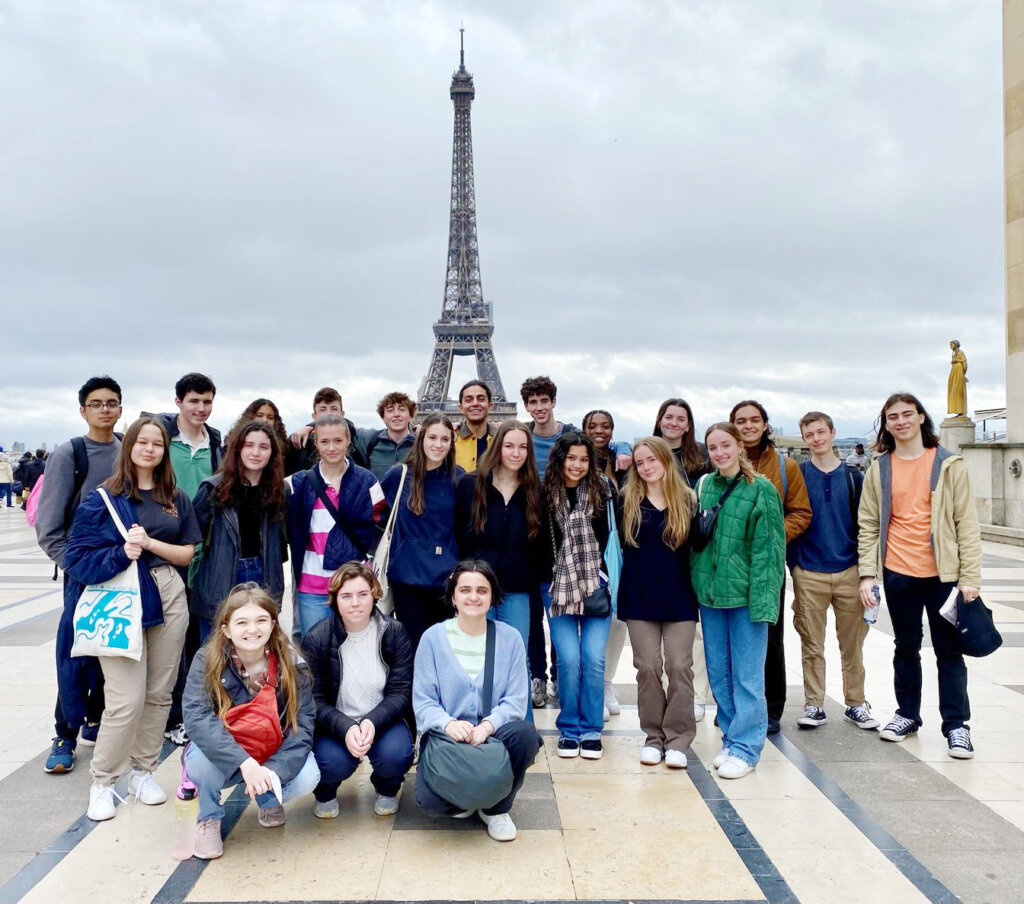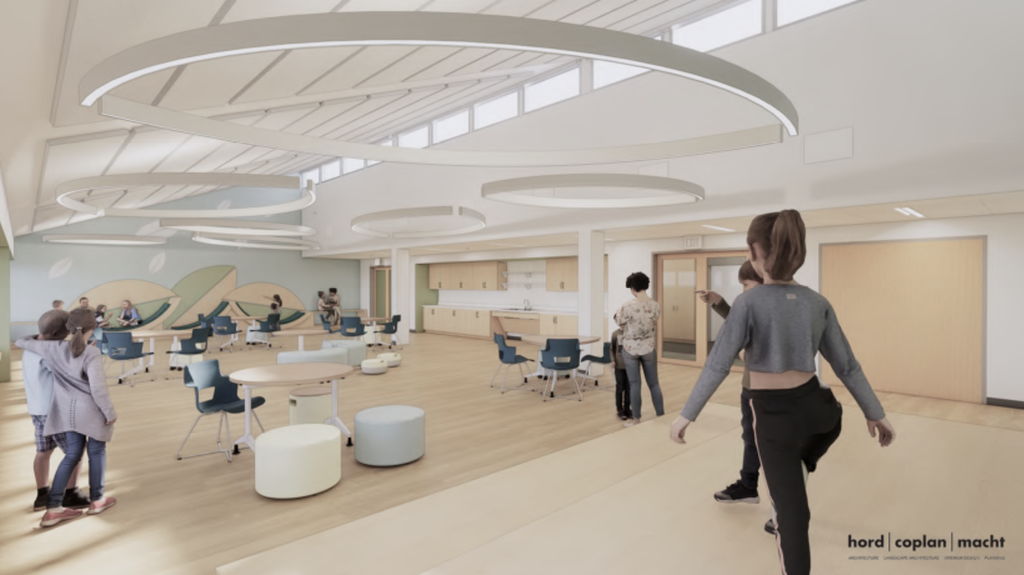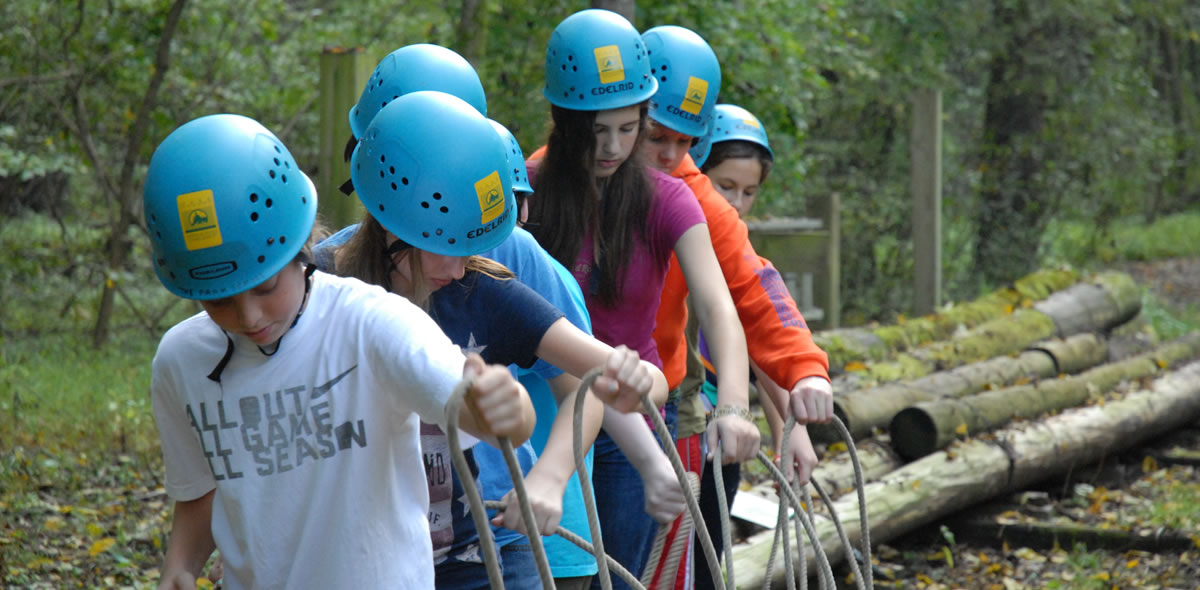Park’s 2015 Arctic Researchers Share Their Experience Via Vlog
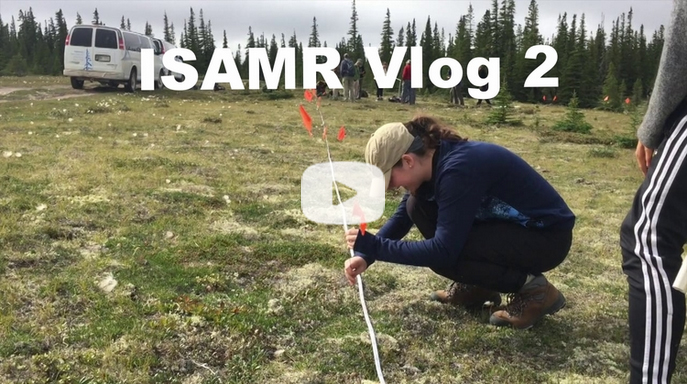
On August 2, a group of Park students, along with colleagues from Baltimore Polytechnic Institute, six Kelvin High School (Winnipeg) students, four Junior Canadian Rangers (Churchill), two Canadian professors (University of Manitoba, University of Saskatchewan) and four graduate students (two from each university), began their journey to pursue ongoing research studies in the Arctic as part of ISAMR (International Student-led Arctic Monitoring and Research).
This year’s Baltimore research team includes:
Cecilia Charney ’18 (Baltimore Polytechnic Institute)
Leah Genth ’18
Leanna Gitter ’16
Andrew Hsiao ’16
Campbell Knobloch ’16
Alida Schott ’18 (Baltimore Polytechnic Institute)
Cory Silver ’16
Cole Simon ’16
Mark Dhruv (Geographic Information Systems (GIS) Specialist)
Julie Rogers (Park Upper School Science)
The research focus of each year’s August trip is centered around the permafrost and vegetation of several common habitat types in the area. The end goal is to create a predictive model for the Active Layer Thickness (layer of ground above the permafrost that freezes and thaws annually) based on the vegetation cover, surface indicators, and other environmental factors.
This summer, Park students and their colleagues will be piloting the use of microbes (primarily bacteria) as a potential indicator of changes in the North due to climate change. The goal is the identification of a reliable bio-gauge of the active layer thickness. They will seek to identify the various microbes that tend to thrive in the Arctic by extracting and sequencing their DNA and compare these findings over the next several years.
Other goals for this August’s Arctic research include:
• Sample 14 sites (five in Churchill, nine in Wapusk National Park)
• Bring 16 new, well-trained students to Wapusk National Park to immerse themselves in the beauty and challenges of field research.
• Continue partnering with the Junior Canadian Rangers for the snow pack studies (in April), summer sampling (in August) and whisker printing (in October).
• Present findings at international, scientific conferences such as ArcticNet 2015.
• Submit two scientific papers for peer review.
• Broker a partnership with Parks Canada that would provide funding for helicopter support, creating two new sampling transects that would allow for a more thorough, and scientifically sound, sampling system of Wapusk National Park.
• Establish a field sampling site within walking distance of the train station in Churchill so Parks Canada staff can use this site as a teaching tool about tundra ecology and monitoring for interested Churchill community members and tourists.
To learn more about ISAMR, and to read the group’s trip blog and view videos, visit www.isamr.net. Thanks to Cole Simon ’16 for the vlog updates!
Back to The LatestShare
Related Posts

It is believed that her 130 3-pointers in 24 regular-season games set a single-season Maryland state record, beating her own mark of 99 triples in 22 games as a junior. Bobby tirelessly scoured the internet trying to find a better shooting performance in the area. Nothing came close. The Maryland Public Secondary Schools Athletic Association said they only keep records for the state tournament. According to MaxPreps, which relies on self-publishing, Sophie has the fifth most triples in the country this season. State record or not, she topped 1,000 career points in November andher jumper is impossible to ignore.
